What is a Yixing teapot? Potters make this most famous teapot from Yixing clay or purple sand. The finished stoneware is usually brown or red and is left unglazed.
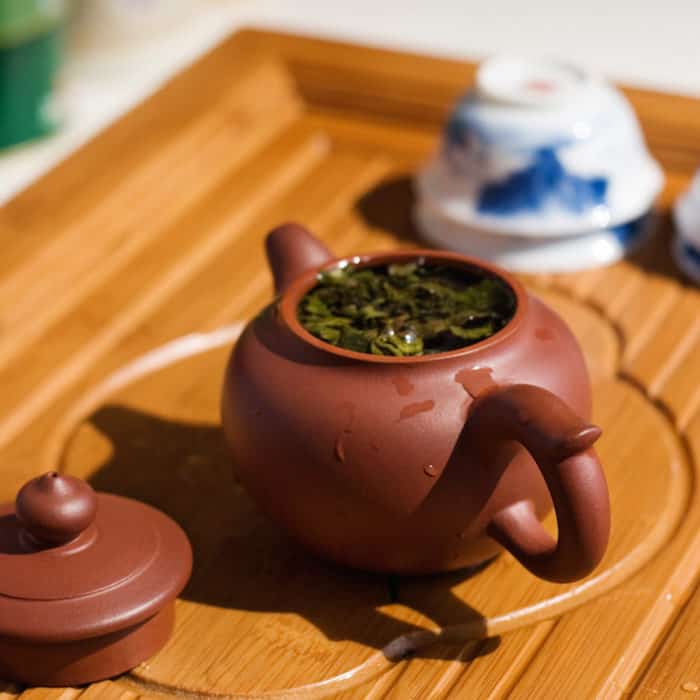
What's so special about Yixing teapots? Why do some people obsess so much over these tiny little clay teapots? The secret to an exceptional cup of tea is in the clay.
Teapots were invented and first used in China. It was during the Ming Dynasty (1368-1644) around 1500 that the use of clay teapots came into production. Stoneware teapots were in production at this time in Yixing (pronounced yee-shing) potteries.
Some early Yixing teapots shape retained a similar likeness to the wine pot. Loose leaf tea became the preferred form of tea, which helped advance the production of teapots. Before this, tea was infused from bricks or powders.
Before Loose Leaf Tea
The traditional method of making tea before teapots were either brewed in open pans or prepared in the actual cup by whisking a paste from powdered tea.
In ancient China, ground or whole tea leaves were compressed into a mold forming a tea brick. Tea bricks made the tea easy to transport and were commonly used as currency in trading. Pieces of the tea were broken from the tea brick and boiled in kettles or pots.

Shades of Earl Grey - $19.95
from: Firebelly Teas Inc.
Powdered teas became famous by the Song Dynasty (960-1279). Powdered tea was placed in cups and whipped or whisked as boiling water poured over it. Similar to the Japanese tea ceremonies of today.
Form Follows Function
In The Tea Lover's Treasury, James Norwood Pratt writes,
The teapot has not always been the undisputed lord of the tea service; historically, the teacup comes first.”
But with the proliferation of loose leaf tea during the Ming Dynasty, the earliest examples of teapots are seen much as we know them today.
Teapots from this period were made of purple clay from the Yixing region of China. The Yixing teapot is also known as a zisha or purple clay teapot.
Noted potters used the Yixing clay in pottery since the Song Dynasty (960-1279). The finished stoneware is usually brown or red and is left unglazed.
The Most Famous Teapots in the World
The Yixing is named after a city in the Jiangsu Province of China. The color of the pots is due to the local iron ore. The Yixing is considered the first "official" teapot.
During the Song Dynasty (1271-1368), the production of ceramics was expanding. Towards the end of the Song Dynasty, teapots began to appear.
These early teapots were made from unglazed Yixing, or purple sand clay, and evolved from the shape of tall handled wine pots or water ewers.
Tea was consumed in small quantities during this time, so the teapots were small. Teapots had a lid to maintain the steeped tea flavor when the steam remained in the pot. Handles were added to the side for ease of lid removal.
The Yixing clay teapots were hand formed and carved. The properties made it ideal for brewing tea.
The Secret to the Yixing Teapot is in the Clay
The unglazed clay absorbed the flavors and aromas of the tea, seasoning the pot after many uses. For this reason, each teapot is dedicated to a specific tea type. The small size made them ideal for individual use.
Thanks to the high iron content, the Yixing clay became a practical choice for the teapot as it tolerates near-boiling water without cracking.
The color doesn't fade, nor does the clay retain any color or odor. The tight lids retain the aroma while the Yixing clay keeps the tea warm for more extended periods than porcelain.
With repeated use, the surface develops a beautiful patina. Carefully maintained, they can last a lifetime.
- 10 Best Online Tea Shops
- Japanese Cast Iron Teapot
- Brewing Tea: The Ultimate Guide
- How to Drink Green Tea Everyday
Making Yixing Teapots
Yixing teapots are coveted to this day and remain China's gold standard for tea brewing vessels. The city of Yixing, in Jiangsu Province, continues to produce this famous teapot.
Zisha clay is a natural resource obtained from red ore deposits from the two mountains surrounding Yixing. So much ore is being mined, a law was passed in 2006 to protect over mining of the ores. Mining is minimal, or the mines are closed altogether.
Pottery artisans are revered for their precision, and the teapot craft is very competitive. Artists are required to take a certification, of which there are seven levels. The top-level is a national certification that only 12 people can hold at one time.
Each handcrafted pot must adhere to specific parameters, generally taking four days from start to finished teapot. Everything must fit precisely. The top of the spout and handle need to be level with the lid. The teapot is tested for its functionality, measuring how smoothly the tea pours from its spout. A quick pour without dripping is ideal.
Every teapot has a soul” – Yixing tea potter Ping Yu
Four Quality Levels of Yixing Teapots
- Basic simple wares are produced in the largest factories and sell for around $15 to $60 each.
- Standard production pots with a little more design sell for around $60 to $200 each.
- Collectors' pots crafted by well know potters sell for around $200 to $800 apiece.
- Antique Yixing teapots made by master potters are highly collectible, selling for anywhere from $3,000 and up.
The factory-produced Yixing teapots are made in molds, while artisan-made teapots are crafted by hand. The handmade pots have seams in the interior.
Potters cut out rectangular sheets of clay and seal them together to make the main body. Then the spout, lid, and handle are joined to the body. Pots made from a mold will not have a seam.
Look for pots with tight-fitting lids and a level line across the top of the handle, lid opening, and spout. The clay should be dull and a little rough to the touch. A new Yixing should not be smooth and shiny. A smooth patina develops after many brews.

How To Use Yixing Teapots
Yixing teapots are primarily used for brewing black, oolong, and Pu-erh teas. They can be used for brewing green teas. However, you may want to select ones with thinner walls. These teapots hold a lot of heat, and green tea can be quickly over-brewed. Thinner walls hold less heat.
If you are beginning, buy a few not so expensive Yixing teapots and explore them to know more about the basics before advancing to the density. Teapots are dedicated to a specific tea since they will absorb a tiny amount of tea with each brewing.
How to Clean a Yixing Teapot
Because the teapots are not glazed, soap should not be used to clean Yixing teapots. Rinse with fresh water and air dry.
Chinese teapots are typically small and ideally made for gongfu-style brewing. The Chinese traditionally drink from small 30 ml (1 ounce) teacups. The teacup is refilled repeatedly during a tea session.
How To Season Yixing Teapots
New Yixing teapots can be seasoned before use. The easiest method is the water boiling method. TeaVivre sells Yixing clay teapots, and they have a simple 5-minute video showing the proper way to season using the water boiling method.
Step-by-step seasoning process:
- Initial Cleaning: Wash teapot in warm water and dry with a clean towel. Do not use detergent or soap of any kind.
- First Boiling: Fill a pan with water just enough to cover the immersed Yixing teapot. Very gently simmer for one hour. You don't want the teapot to bounce in the boil. Let the teapot cool before removing it from the pan.
- Second Boiling: Very gently simmer the teapot together with the selected tea for 90 minutes. The unglazed clay teapot is porous and will absorb the teas' flavor.
I seasoned my Yixing teapot with Ti Kuan Yin. It's one of my favorite oolong teas.
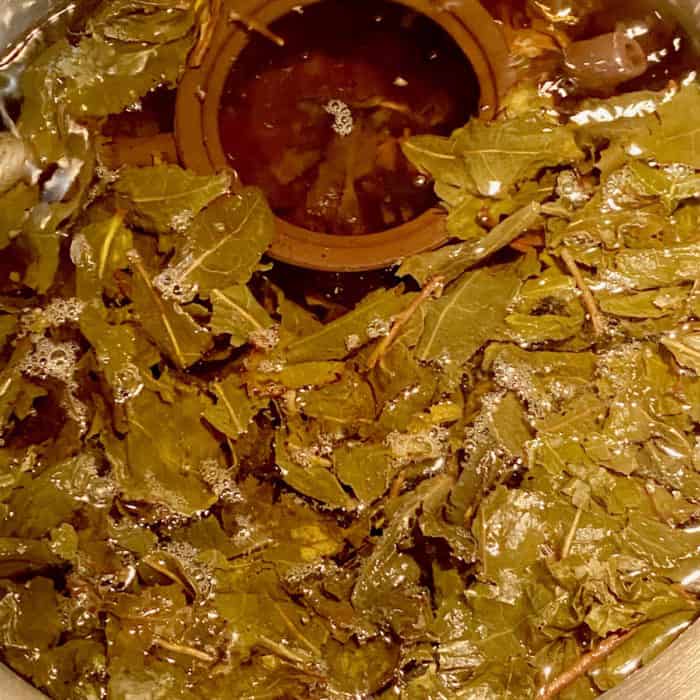
Seasoning removes the mud smell and dust from the Yixing teapot before first use. The gentle water boiling method uses the specific tea to be used in the teapot for future brewings. Most Yixing teapots are dedicated to one type or category of tea since the clay tends to absorb the tea-infused flavors.
No matter the price point, the teapot made from pure Yixing clay will serve you well through many happy years of tea drinking.
Where to Buy Yixing Teapots
You can confidently shop online for traditional style Chinese Yixing clay teapots from the retailers mentioned here.
Besides the amazing selection of clay teapots from TeaVivre, you can find some excellent clay pots from Adagio Teas. Especially if you are just getting started, try the less expensive clay teapots.
Adagio carries some reasonably priced clay pots. Each pot is made from unglazed clay, absorbing the teas' essential oils enhancing subsequent brews.
If you are looking for higher-end Yixing teapots, check out Adagio Teas' newest teaware at Master Teas. These teapots are more expensive, but they come with a certificate of authenticity.

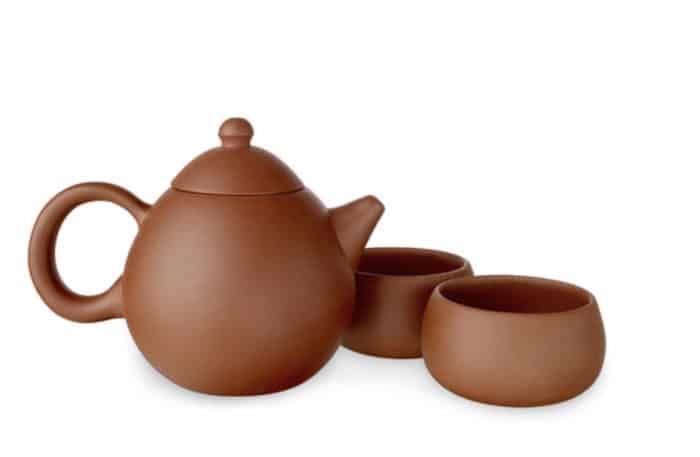
Additional Sources:
The 19 Areas of Yixing & The 3 Types of Yixing ClayCult of Quality
Yixing Clay by Mud and Leaves
The New Tea Lover's Treasury by James Norwood Pratt
The Evolution Of Tea Sets From Ancient Legend To Modern Biometrics – by Tove Danovich for Tea Tuesdays The Salt on NPR.org
The Book of Tea by Okakaura Kakuzo
Tea: East and West by Robert Faulkner
The Story of Tea by Mary Lou Heiss and Robert J. Heiss
In China's City of Yixing, Everyone Is Fluent in Pottery by Clarisa Wei
Tea for Beginners Start Here >>



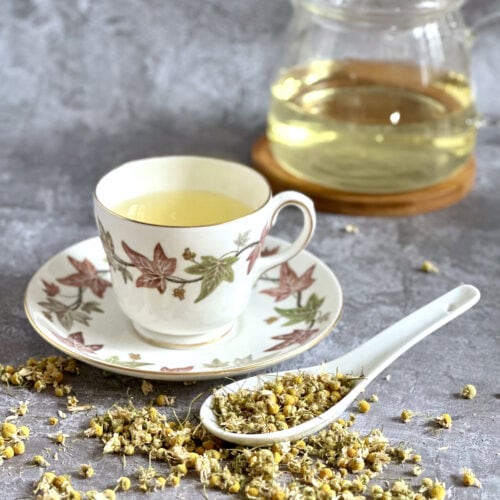

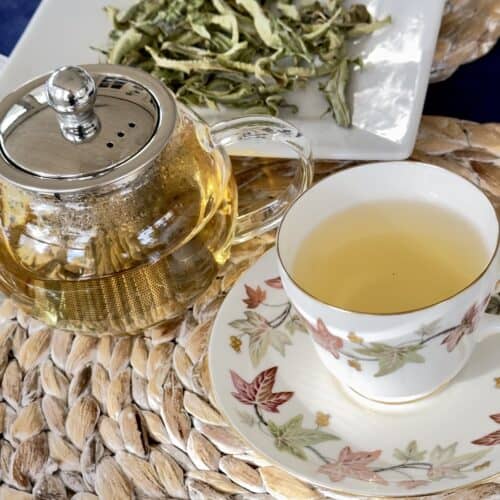
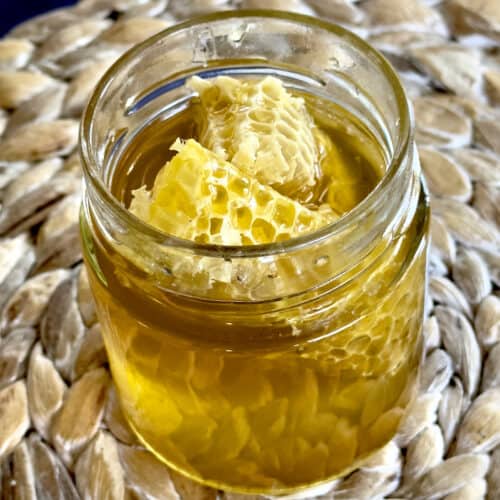
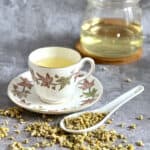
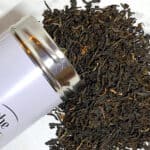
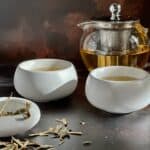
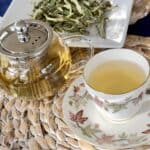


Leave a Comment